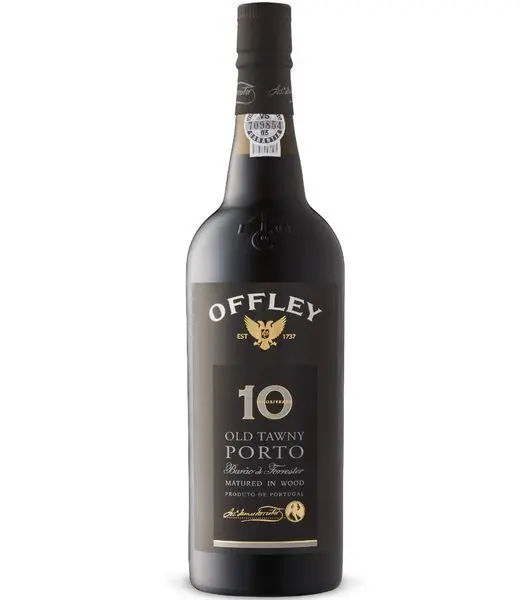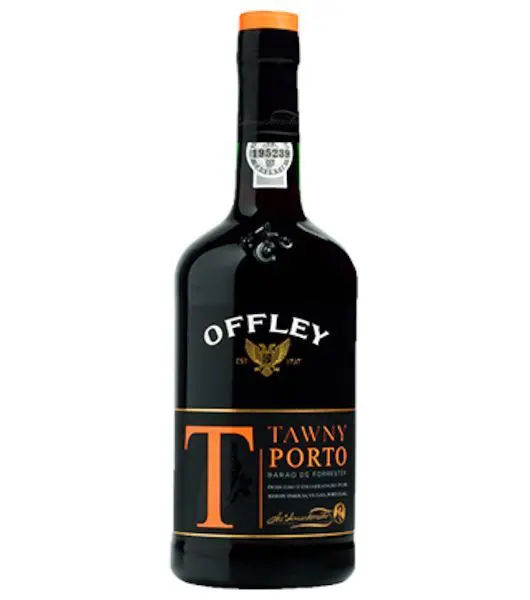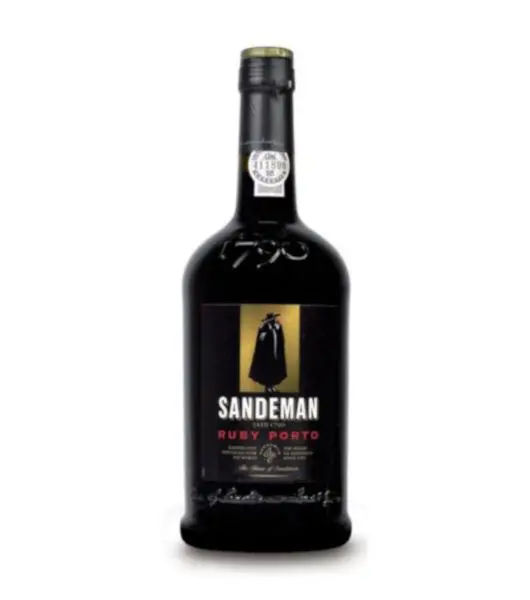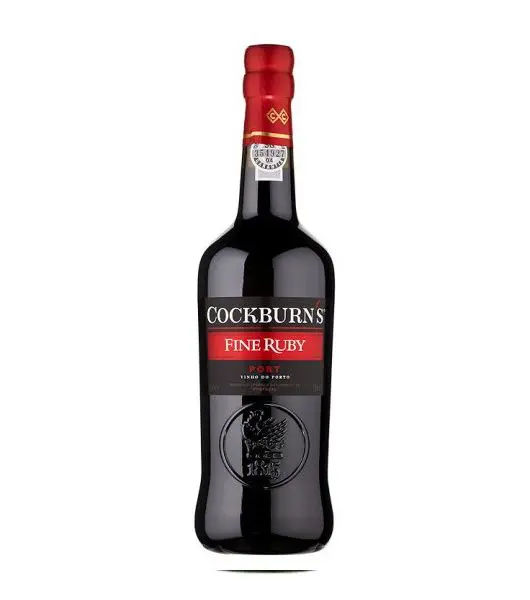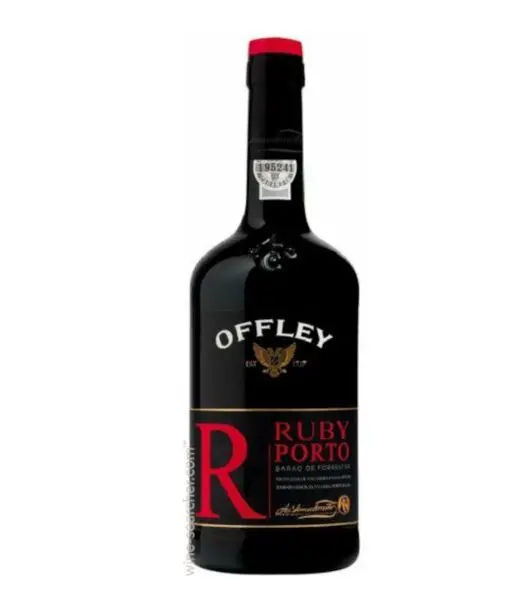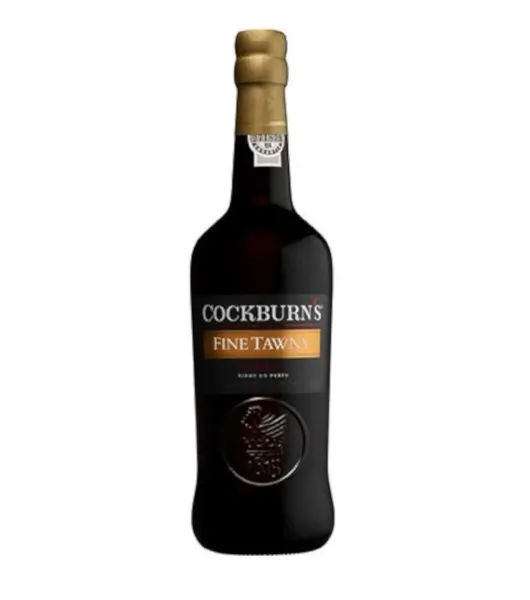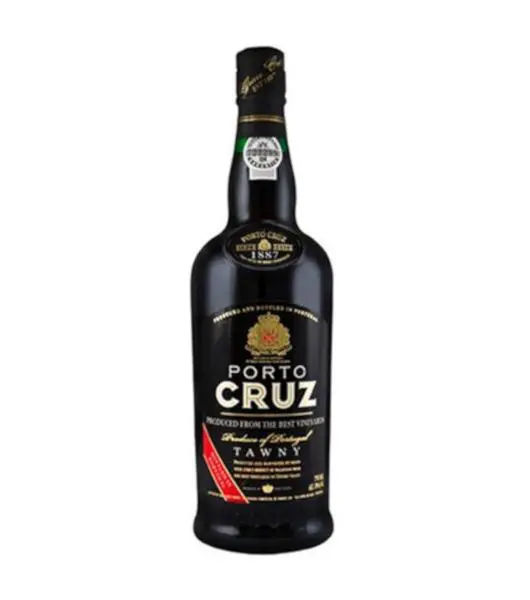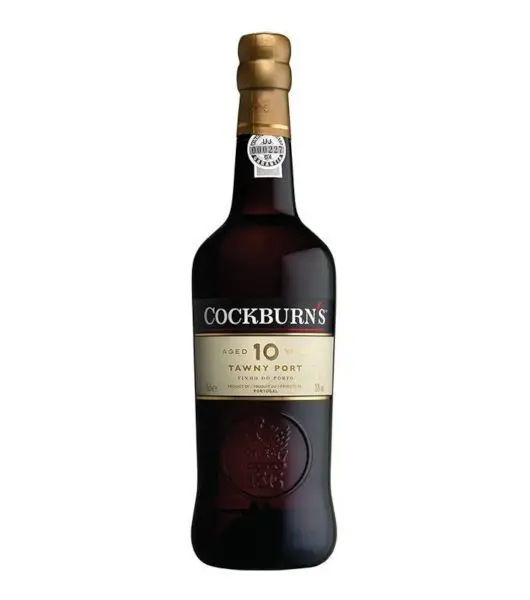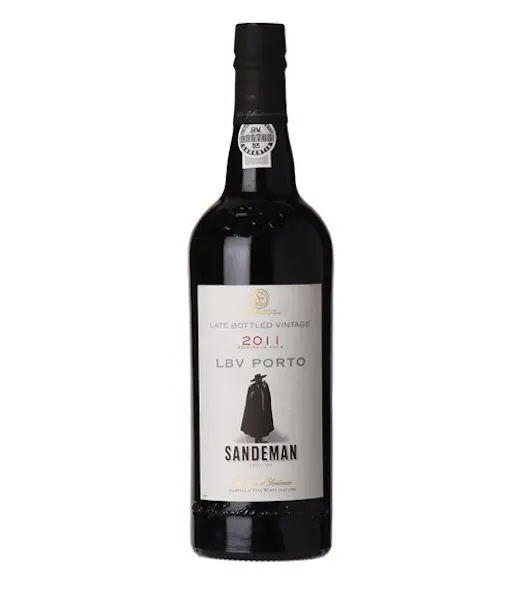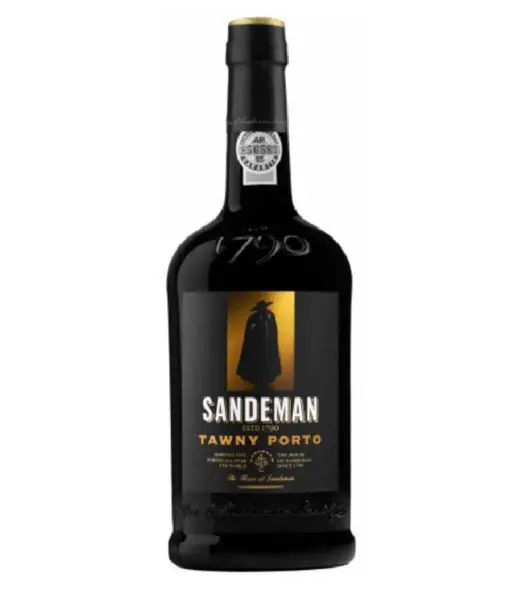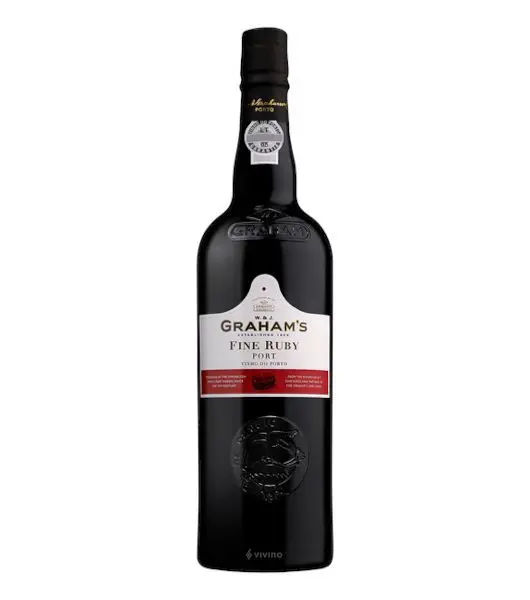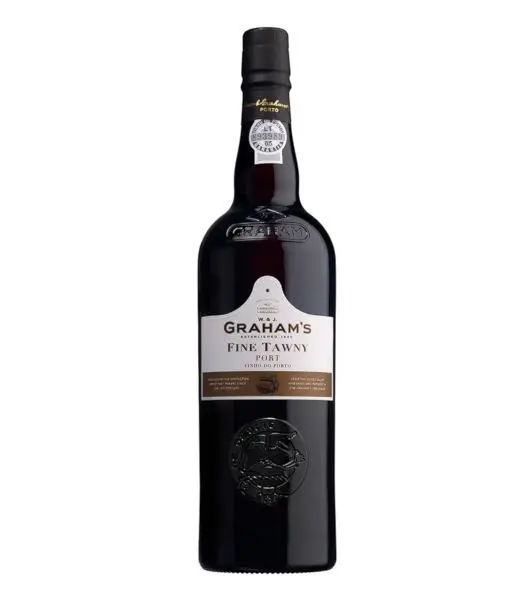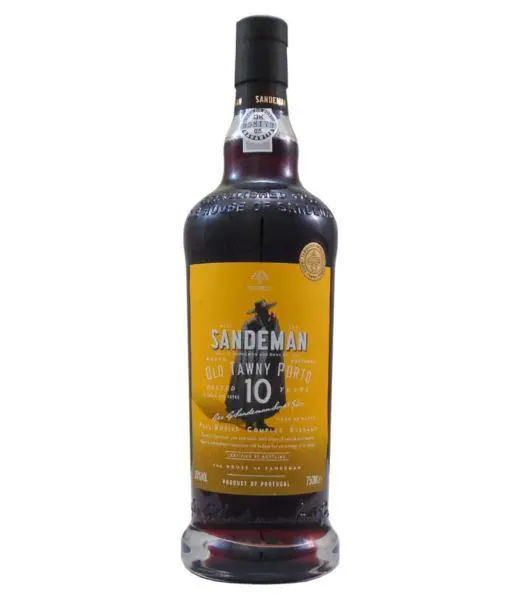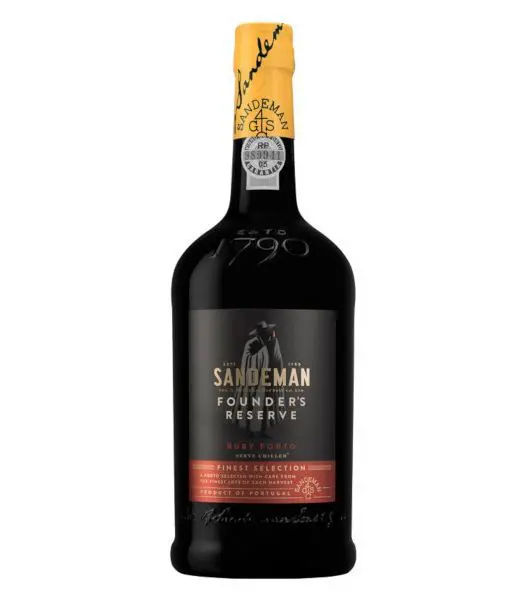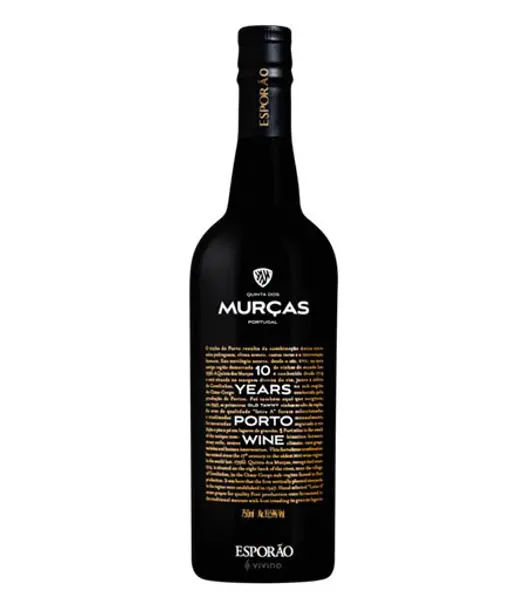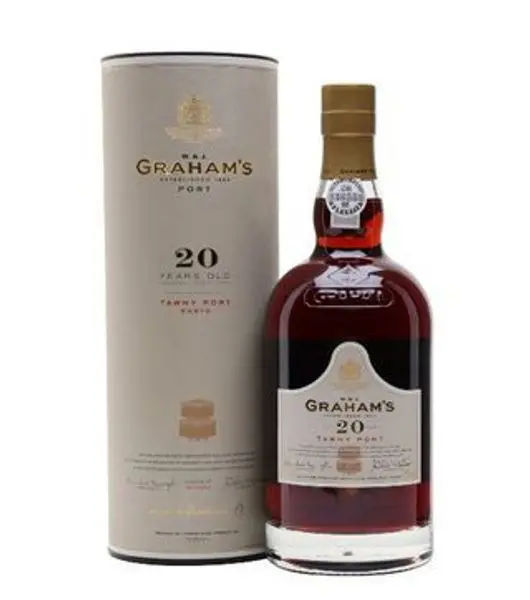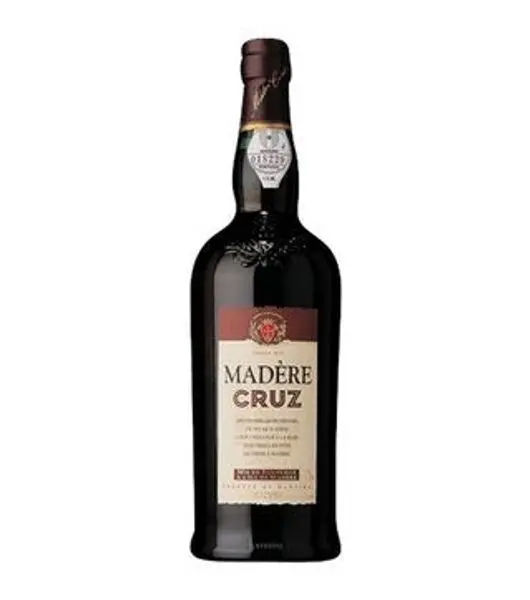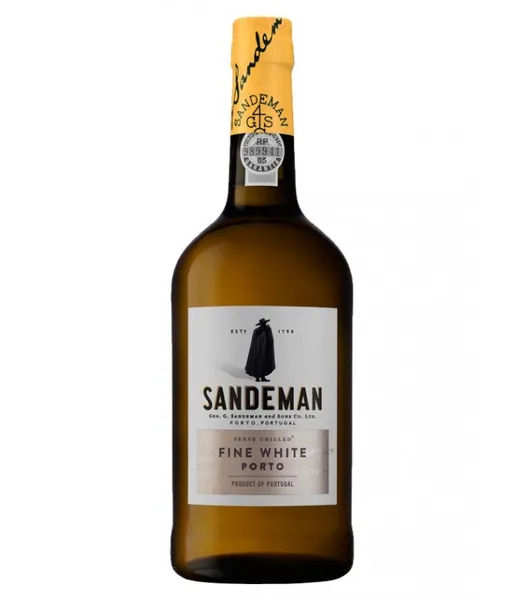Port wine
Port wine is a Portuguese sweet fortified wine usually used as a digestif and a dessert wine. It is usually made into two major styles; tawny and ruby. Port wine, also known as vinho do Porto, is only produced in the Duoro Valley of Portugal. Different types of port wines are distinguished from each other based on the style, i.e., ruby or tawny, their red, white, and rose variations, and their characters varying from some sweetest port wine, dry and semi-dry varieties.
Port wine has a rich history dating back to the 17th Century, named after Porto city, a seaport city located at the mouth of Duoro River. The popularity of port wine increased in 1703, strengthened by the Methuen Treaty, and the condition that French wine supplies to the English had subsided due to the war with France. Powerful shipping families, the majority being British, dominated the port wine trade. That explains why some famous Port wines have British names.
Port wines are made from hundreds of grapes cultivated in the Duoro Valley of Portugal, although only five red varieties are widely cultivated: Tinto Cao, Tempranillo, Touriga Nacional, Tina Barroca, and Touriga Francesa. White port wines are made in the same way as red port wines, only that they use the white grape varieties such as Donzelinho Branco, Rabigato, Esgana-Cao, among others. Duoro Valley has three official production zones for Port wines: Cima Corgo, Baixo Corgo, and Duoro Superior. Grapes from the Baixo Corgo zone are mainly used to make Tawny and Ruby ports, while those of the Cima Corgo region, due to their higher quality, are used in making vintage, reserve port wine, and aged Tawny port wine. Duoro Superior zone is the least cultivated.
Although other countries such as Argentina, South Africa, Spain, etc. produce port-style wines, the authentic port wine must be made in the Duoro Valley in Portugal. This is dictated by the European Union Protected Designation of Origin guidelines, which means only port wine from Portugal can be labeled “port” or “porto.” However, port-style wines from other countries may be named after a port-style such as Tawny, to indicate that the wine is made just like Tawny port with long aging in casks.
So, how are port wines made? The winemaking process is the same as other wines with a distinguishing fortification process. After fermentation to around 7% alcohol level, a neutral grape spirit called brandy (not the regular commercial brandy) is added to the base wine. This fortifies the wines and, at the same time, stops the fermentation and boosts the alcohol content, and retains the residual sugars, which gives the sweet taste typical with most red port wines. Fortification is then followed by storage in oak casks or barrels and aged for around 18 months. After aging for this period, the wine is then blended with other batches to make the final product. The wine can now be bottled or aged for longer periods in casks to make the aged port wine expressions.
The major port wine styles are as follows:
Ruby port wine – This is the most produced port wine style and usually an affordable port wine. It is aged in concrete or steel vats that prevent oxidative aging, thus preservice the bright red color and fruitiness. Reserve ruby port wine is a special ruby port usually aged in wood for 4 to 6 years.
Tawny port wine – Tawny port is an oak-aged port, usually very sweet and made from red grapes. It has a characteristic nutty flavor imparted by exposure to oxygen in barrels. It has a golden-brown color. A Tawny port without a labeled age statement has been aged in barrels for at least three years, while the Reserve Tawny port wine has been aged for about seven years. Other age expressions are usually labeled on the bottle, such as 10, 20, 30, and 40 years.
Vintage port wine – This port wine is made from grapes of a single vintage, made in the best production years declared as vintage years. They are usually sourced from different quintas and then aged in stainless steel or oak barrels for two to four years before bottling. After barrel-aging, the wine is then aged for another 10 to 40 years in the bottle, where it gains complexity with age. Single quinta vintage port wine is usually made from grapes sourced from a single estate, and in years, vintage is not declared.
Other popular port styles include white port wine, rose port wine, and Colheita port wine. These are available in sweet, dry, or semi-dry variations. There are many port wine brands available in different port styles. Drinks vine online wines and spirits shop has the best port wines available at the best port wine price in Kenya. Most of the questions about port wine in Kenya revolves around the port wine alcohol content and port wine price. Most of the port wines will have an alcohol content between 19-20%, and the prices vary with the type of port wine. Buy the best port wines online in Kenya at Drinks Vine online alcohol shop in Nairobi and enjoy free and fast port wine delivery in Nairobi and its environs.
